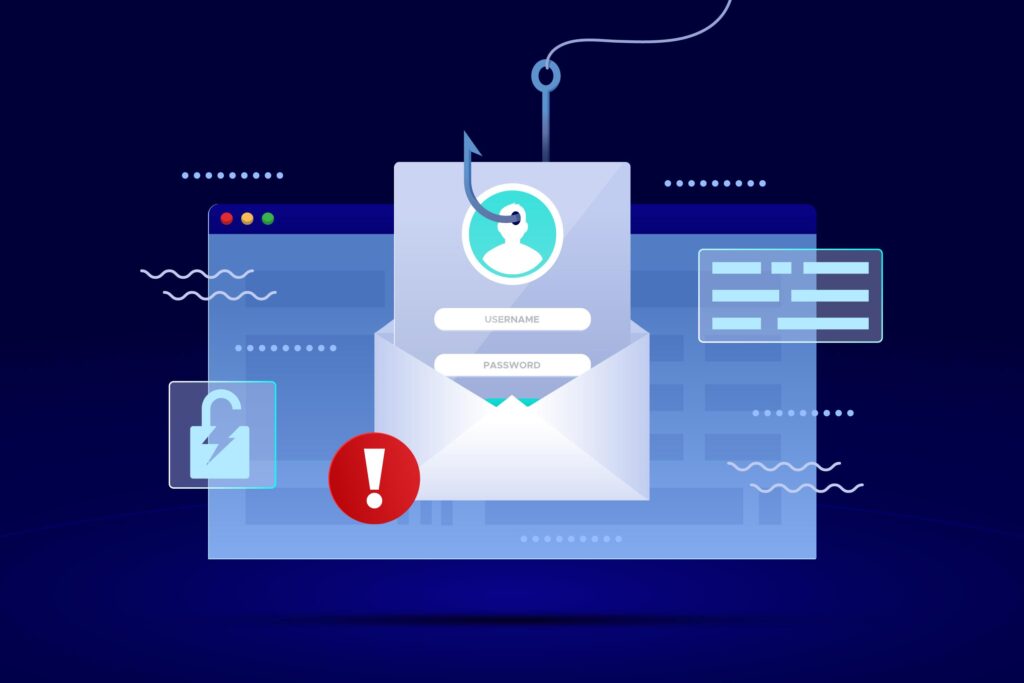Introduction
In today’s digital world, data privacy is a growing concern for individuals and businesses alike. As organizations collect vast amounts of data, protecting that data from unauthorized access becomes critical. One key method that helps ensure privacy while maintaining data utility is data anonymization. This process strips personally identifiable information (PII) from datasets, making it impossible to trace the data back to individuals. But, how do we balance the need for privacy with the demand for data-driven insights? And does anonymization fully secure data?
In this article, we explore the fine line between privacy and security in data anonymization, its techniques, challenges, and best practices to achieve both.
What Is Data Anonymization?
Data anonymization refers to the process of removing or modifying personal data so that it cannot be linked back to an individual. This technique is often used in industries such as healthcare, finance, and research to safeguard sensitive information while still enabling organizations to analyze the data.
Why Is Data Anonymization Important?
With increasing regulatory frameworks such as GDPR and CCPA, businesses are required to protect the personal data of their users. Anonymization provides a way to meet these regulatory standards while allowing organizations to continue using the anonymized data for research, analysis, or even marketing without infringing on privacy laws.
Techniques of Data Anonymization
There are several common techniques used to anonymize data, each with its strengths and weaknesses. Understanding these methods is essential for implementing the right approach for your organization’s needs.
1. Masking
Masking is a simple technique that hides sensitive data by replacing it with random characters or symbols. For example, a credit card number like 1234-5678-9012-3456 may be masked as XXXX-XXXX-XXXX-3456. While useful for preventing immediate access to sensitive information, masking alone is often not enough for complete anonymization.
2. Aggregation
Aggregation involves combining data points into broader categories to prevent identification of individuals. For instance, instead of showing specific ages, data might be grouped by age ranges such as 20-30, 30-40, etc. Aggregated data is valuable for statistical analysis but lacks granularity for detailed insights.
3. Generalization
This technique reduces the specificity of data to protect individuals. For example, exact addresses may be generalized to show only the city or region. This method works well for large datasets but might reduce the quality of results for specific queries.
4. Differential Privacy
Differential privacy involves adding random “noise” to datasets. This ensures that individual data points cannot be traced back to their origin while still maintaining overall trends and insights. It is one of the more advanced anonymization methods, offering a robust balance between privacy and utility.
The Balance Between Privacy and Security
While anonymization aims to protect privacy, it also raises important security questions. The degree to which data can be anonymized depends on the technique used and the sophistication of the attacker attempting to re-identify the data.
Can Anonymized Data Be Re-Identified?
Despite anonymization, there have been cases where datasets were de-anonymized. This typically happens when anonymized data is combined with other public or private datasets that fill in the missing pieces. For example, a supposedly anonymized medical record could be traced back to an individual when combined with publicly available demographic data.
Thus, while anonymization strengthens privacy, it may not provide complete security unless carefully implemented with multiple layers of protection, such as encryption.
Challenges in Data Anonymization
There are several key challenges when it comes to data anonymization, particularly as we aim to strike the right balance between privacy and security.
1. Trade-off Between Data Utility and Privacy
One of the biggest hurdles is balancing the utility of data with privacy concerns. The more anonymized a dataset becomes, the less useful it is for detailed analysis. Stripping away too much information might render the data ineffective for business or research purposes.
2. Risk of Re-Identification
As previously mentioned, even anonymized data is not immune to re-identification risks. The combination of datasets or advances in de-anonymization techniques can compromise privacy, which is why organizations must continually adapt their methods to new technologies.
3. Compliance with Regulations
Anonymization is crucial for compliance with global regulations, but the guidelines around how to implement it can be vague. Different regulatory bodies have different standards, making it challenging for businesses operating internationally to align with all requirements.
Best Practices for Data Anonymization
To ensure both privacy and security, organizations must follow best practices in data anonymization:
1. Use Multiple Techniques
Relying on a single anonymization method may not be enough. By combining techniques such as masking, aggregation, and differential privacy, businesses can better safeguard against re-identification.
2. Regularly Audit Anonymized Data
Audits help identify vulnerabilities in anonymized datasets. Conduct regular assessments to ensure that anonymized data remains secure and compliant with current regulations.
3. Monitor Data Sharing and Access
Limit access to anonymized data and closely monitor its sharing. Even anonymized datasets should only be accessible to authorized personnel, and sharing them externally must be done with extreme caution.
Conclusion
Data anonymization plays a pivotal role in balancing the need for privacy and cyber security in an increasingly data-driven world. While it allows organizations to continue harnessing the power of data, anonymization techniques must evolve to meet the growing challenges of re-identification and compliance with global standards.
By adopting the right techniques, staying informed of emerging risks, and implementing best practices, organizations can safeguard both privacy and security in their data handling processes.



